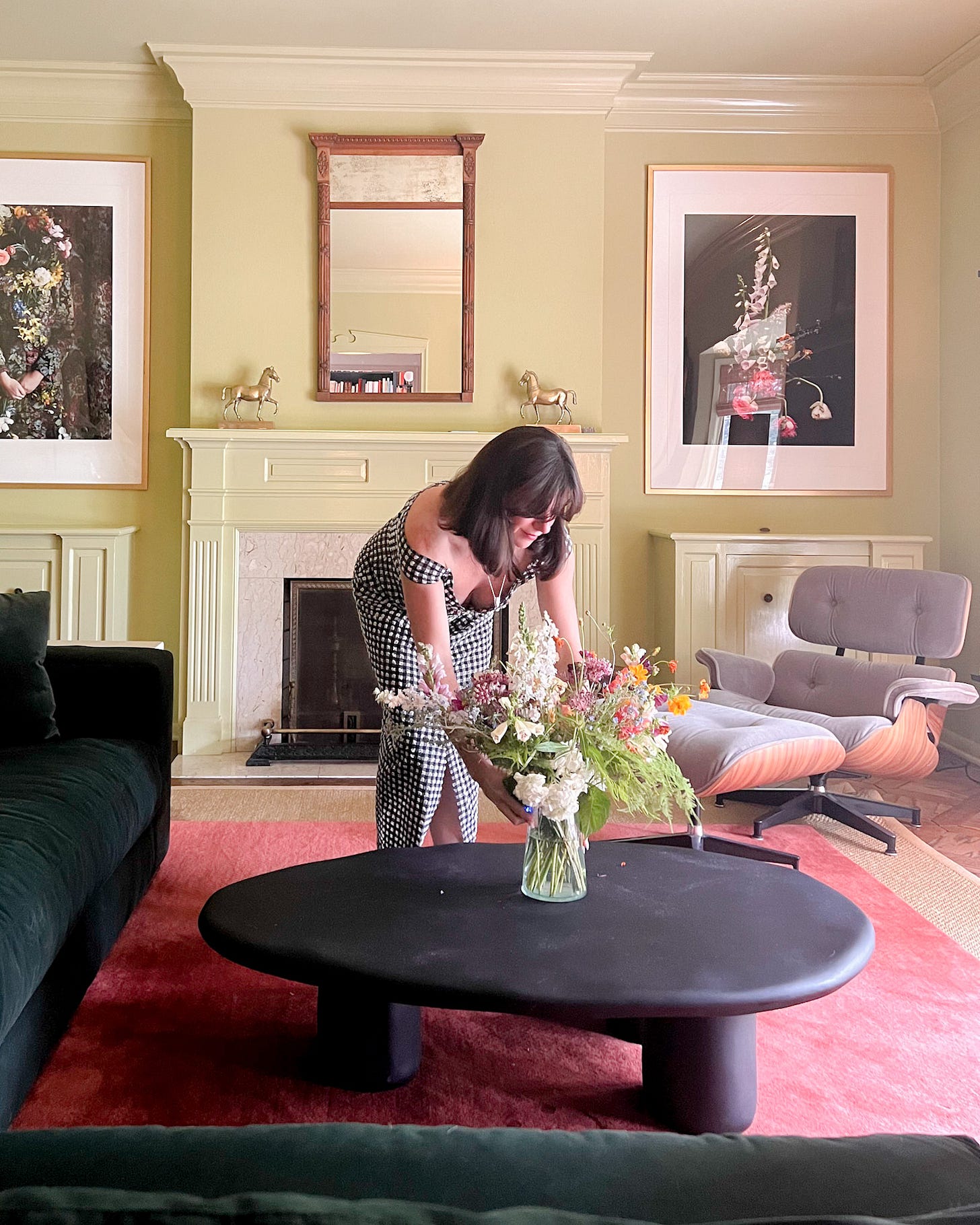6 Lessons I’ve Learned From Minimalists That Are Helping Me Become an Intentional Maximalist
Which one are you?
Knowing which side you lean toward helps you learn from the other. It’s not about being put into a box; it’s about knowing your tendency and embracing it.
It is in my nature to collect things. Call it an impulse, call it resourcefulness, call it an urge to accumulate. I’ve been this way my entire life, but have spent much of my adult life at odds with the implications. (images from the basement? Collections of things?)
I love variety, visual energy, reading many books at once, adding more to my plate, pursuing my passions with abandon, and falling into such deep work that time fails to exist. I love more. People like us are often high-energy, great storytellers, and up for just about anything. We’re magpies of life and experience. I am at my best when I’m at my busiest, and so my impulse (and superpower) has been to do more.
Like most things in excess, indulgence always has its consequences. I’ve found myself overwhelmed by the sheer amount of things I’ve collected in my life. My packed calendar. The physical repercussions of being the last person on the dance floor. It is almost always with the best of intentions—to use or reuse, to not let things go to waste, to consider what could be handy in the future.
I’ve told myself that this impulse to collect would eventually give way to yet another business opportunity. I’ve had plans to start a boutique to sell my treasures, sharing different ways to design a home with them. But like many people who look at the world like me, we’re chasing the next shiny object before we put in the work to see an idea through to the end. It’s a fun and exciting life that can become too full and complex if we get away from ourselves.
Once I’m thoroughly overwhelmed, I embrace the role of a ruthless editor. I cut sentimental ties to my belongings and toss them to family, friends, or the thrift store. I avoid the sewing machine I never learned how to use, the guitar that needs to be restrung, and the paints I haven’t picked up in two years. I toss it all aside and vow to be more disciplined. It’s an extreme response that matches the robustness of my love for trying new things, because when we live on any extreme end of a spectrum, the middle ground is an unfamiliar place.
I’ve cycled through this collect/remove phase enough times to pause and take a gentler look at my impulse to throw out the beloved collections of rocks and seashells and buttons and vintage packaging dotted along my bookshelves. We often look at the opposite of where we’re at in life and forget that we’re standing in a place that’s pretty true to who we are in our nature. It is in my nature to collect, so why am I fighting it?
I think this kind of reflection is a very important first step in gaining insight from the thing that we’re not. Maximalism and minimalism are first and foremost philosophies—with aesthetics as the result. Just because I’ll never be a minimalist doesn’t mean I cannot benefit from applying the philosophy to my own approach to living.
Today we’re going to look at some of the lessons I’m weaving into my own life in an effort to find more balance, build a better relationship with less, and make life more manageable. When you are a person who always welcomes more, you have to be very aware of what matters most. Because when everything is important, nothing is important.
Keep reading with a 7-day free trial
Subscribe to House Call With Kate Arends to keep reading this post and get 7 days of free access to the full post archives.






